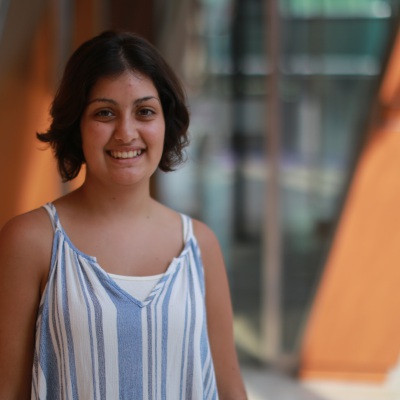Unfounded Outrage over Critical Race Theory Risks Social Emotional Learning
By Kayla Tawa and Whitney Bunts
White parents continue to storm school board meetings demanding that schools ban Critical Race Theory (CRT). Because CRT isn’t even taught in K-12 education, the outrage over CRT seems to be code language for “do not teach my children about racism.” In fact, some parents leading this effort have devised a new tactic of tying school-based mental health supports, like social emotional learning (SEL), to CRT and anti-racism curricula. State legislatures are jumping in, too. For instance, Georgia policymakers have introduced bills to prohibit the teaching of “divisive concepts” such as CRT and anti-racism training in public schools.
SEL has nothing to do with CRT, which is a curriculum primarily used in law schools not K-12 education. But linking SEL and CRT helps advance the underlying ideological and political goals of these parents and conservative groups. Banning CRT is just the latest tactic to uphold white supremacy and racism. Tying SEL to CRT threatens the health and wellbeing of students, particularly BIPOC and LGBTQIA+ students—both by removing needed supports from schools and by criminalizing students who don’t assimilate to white values and norms.
“SEL faces the risk of becoming white supremacy with a hug if we do not apply an anti-oppressive, antiracist lens” – Dena Simmons
Students are harmed when mental health supports are removed from schools. They’re also harmed when such supports are divorced from equity. To support BIPOC students, LGBTQIA+ students, and students with disabilities, mental health supports must acknowledge systems of power like racism, ableism, and homophobia.
Failing to uplift equity in SEL and other mental health policies furthers the aims of these white supremacists. When SEL is not culturally affirming, it becomes a mechanism to “emotionally [police] students” while being “violent to their family, ancestors, and historical contributions.” Dena Simmons, founder of LiberatED, argues that when SEL is decontextualized from a larger sociopolitical context it can become “white supremacy with a hug.”
Debates over CRT and the chilling effect they’ve had on many school districts create a false choice that inevitably results in disproportionate harm to communities that have been historically marginalized. This can lead to mental health programs like SEL being completely removed from schools, which effects students of color who have higher levels of depression and anxiety due to social determinants of health and systems of power like racism. Or it can lead to SEL programs that are divorced from equity in an attempt to combat unfounded fears over CRT and actual fears around the abolition of white supremacy. In this scenario, BIPOC students and LGBTQIA+ students are further surveilled and forced to “constrict their identities,” further exacerbating trauma. Further, both these scenarios fuel the school-to-prison pipeline.
“There is no compromise to be had, none whatsoever, when it comes to racial justice… There is no middle to meet in.” – Ijeoma Oluo
In short, there is no middle ground, no compromise. For BIPOC students, LGBTQIA+ students, and students with disabilities, the only healing-centered solution is culturally and racially affirming school environments, SEL curricula, and mental health supports. And these must all explicitly acknowledge students’ lived experiences with systems of power like racism, homophobia, transphobia, and ableism and work to dismantle them within the campus and the larger community. Anything short of that furthers the aims of white supremacists by criminalizing students for not living up to white, cisgender, heteropatriarchal, and ableist norms and values.
To combat and dismantle systems of power, schools must build culturally and racially affirming environments for both students and teachers. Schools that embrace culturally and racially affirming practices respond to the needs of all the students and understand these needs from a human perspective. A report details how this type of environment can improve the performance of Black students. Additionally, it creates an environment that validates a young person’s lived experience. Advocating for such an environment should not be a political stance. Rather, this practice must be the norm because, if not, we will find ourselves returning to segregation and Jim Crow laws.
